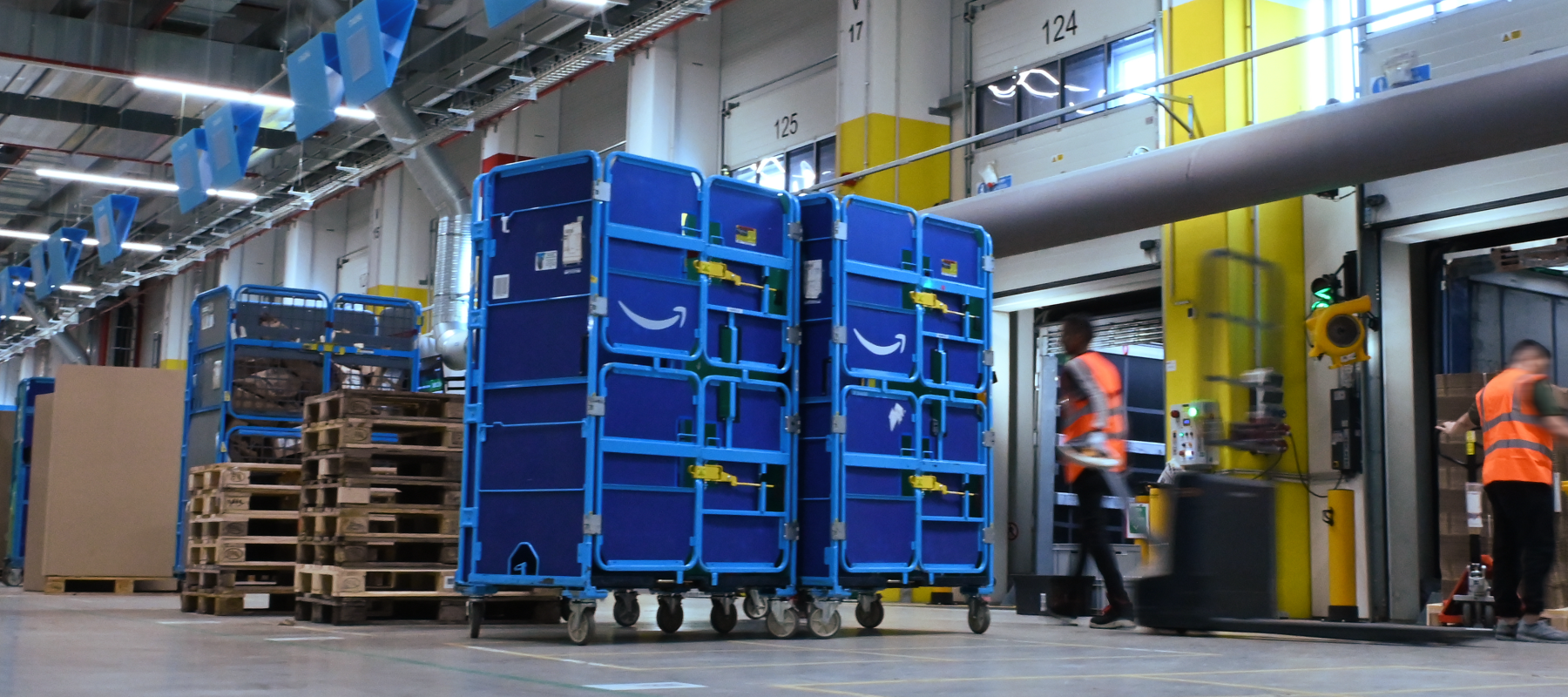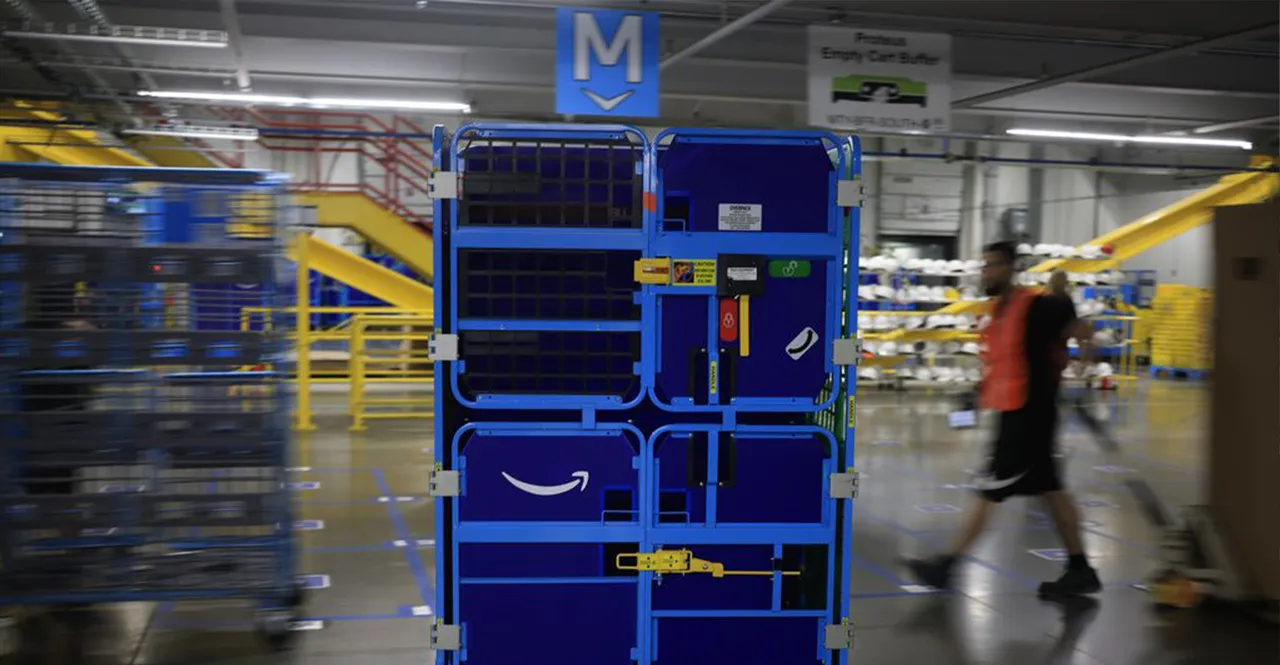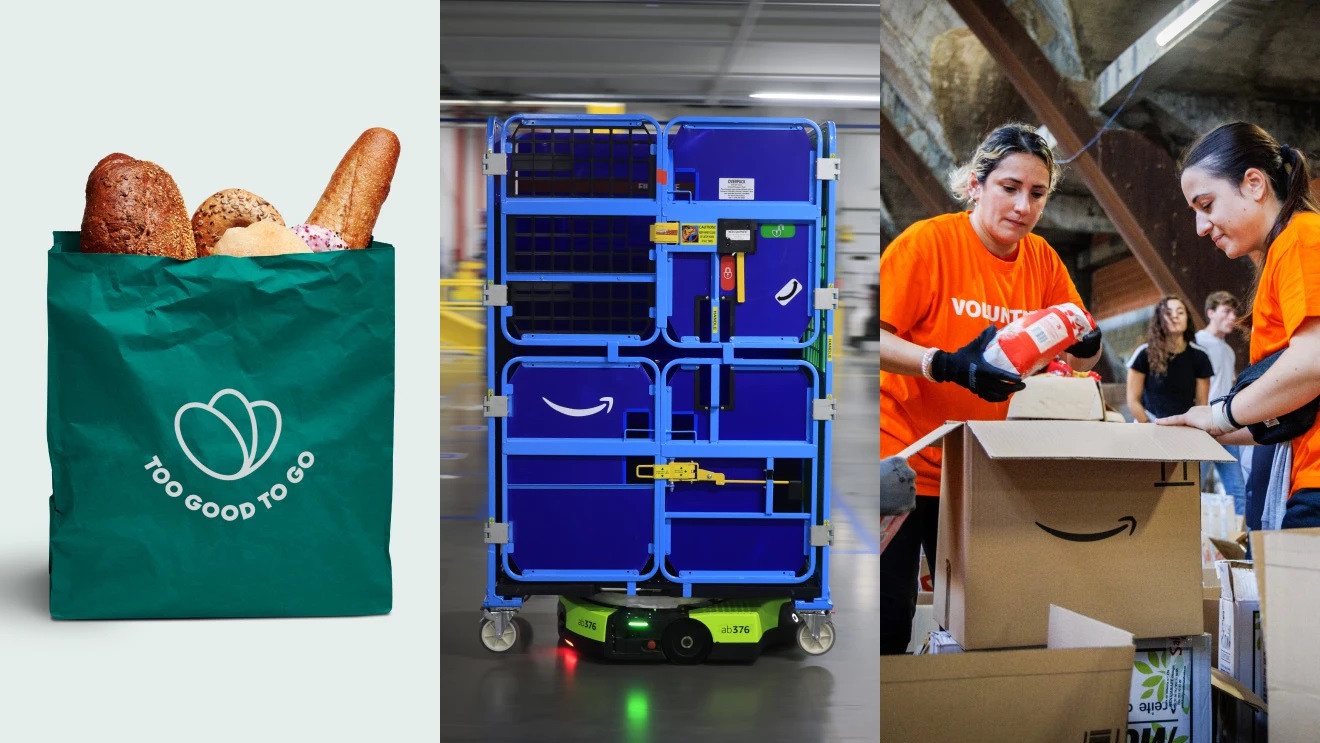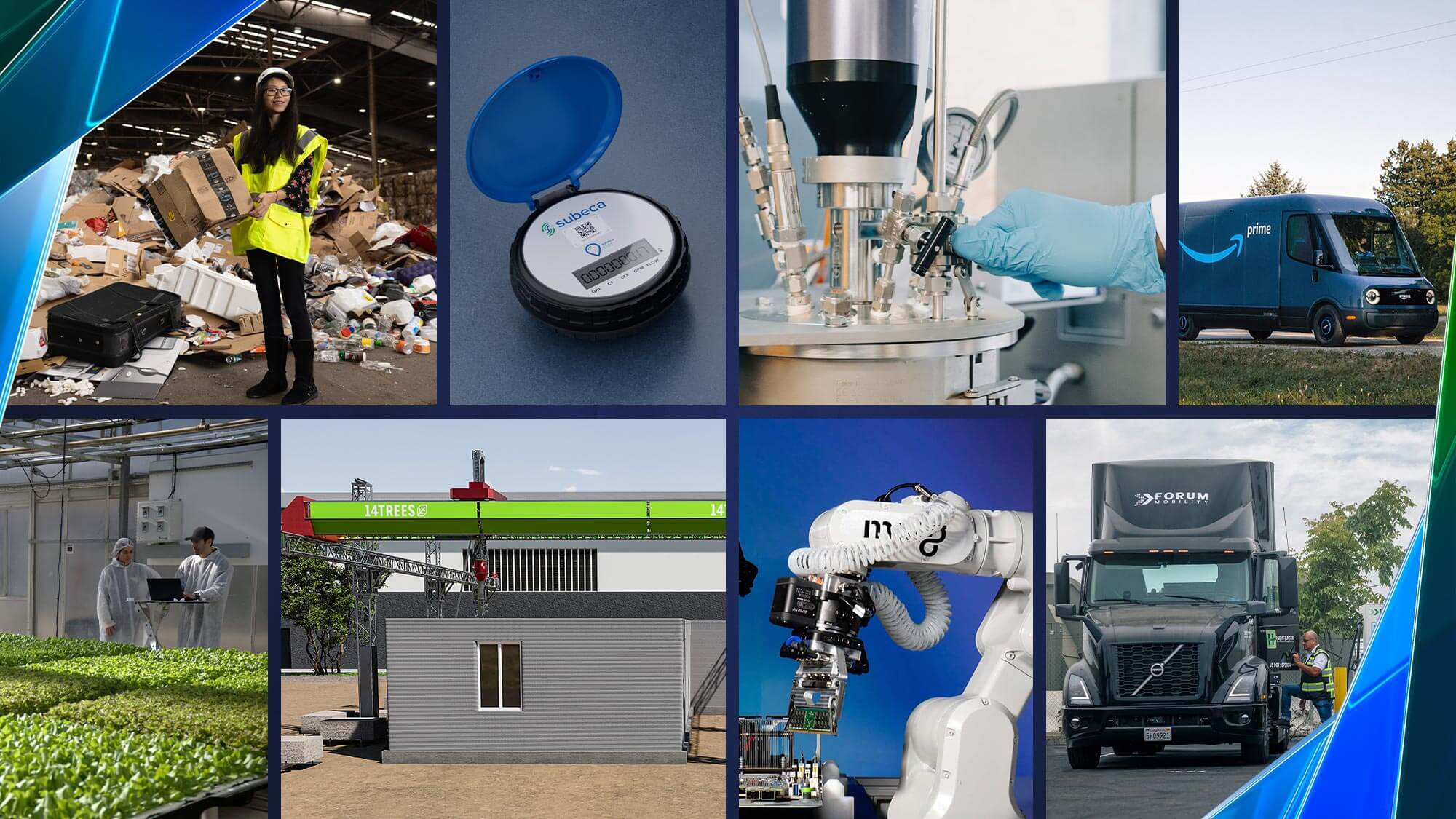Meet one of the Amazonians helping to prevent and reduce waste across our business.
We want to minimize waste across our operations, creating solutions that benefit our business, our customers, and the planet.
Our approach is systematic and uses data collected across the company to inform our strategy and measure our progress. We first seek to prevent waste before it happens and then find ways to reduce existing waste. We explore opportunities to reuse items through repair, resale, or donation, and when necessary, we recycle or compost. Incinerating materials or sending them to landfills is a last resort.
Among the people reimagining how we can reduce waste: Cassandra Fong, a member of Amazon’s Global Procurement Operations Reusable Team (GPORT), which is responsible for building and implementing global solutions for reusable assets across Amazon's operations network.
Fong previously worked on the North America Operations Sustainability Strategy and Execution team, where she was focused on the waste diversion rate that measures waste directed away from landfills and incineration.
“Through that work, I wanted to understand how we could have an even larger impact,” Fong said. “What if we could prevent waste from entering our waste stream altogether?"
That question led her to GPORT. The team supports innovative products, such as universal plastic pallets and go-carts that have replaced disposable materials. Last year, Amazon avoided using 85 million disposable wood pallets.
The team also measures the lifecycle and costs of materials from both a financial and sustainability perspective. GPORT members gather feedback through network-wide site surveys and from Operations teams. Then they apply regional innovations more broadly, studying plastic shuttles used in Brazil, for example, or investigating why damage rates might be lower in Japan.
“There's been a cultural shift at our sites,” Fong said. “We now see teams actively reaching out to ask about recycling options or ways to reuse items. This creates a beneficial cycle where employees interact with our reusable products, think of other sustainability improvements, and bring those suggestions to us for testing and potential network-wide implementation."
The team continues to expand its impact measurement capabilities to better articulate environmental benefits across different waste streams, and to integrate carbon impact calculations through lifecycle analyses of reusable assets.
We keep innovating, measuring, and improving because what's good for the planet is good for our customers and our business.
This story first published on A to Z News.
Sign up for our newsletter to get Amazon sustainability updates sent directly to your inbox.



